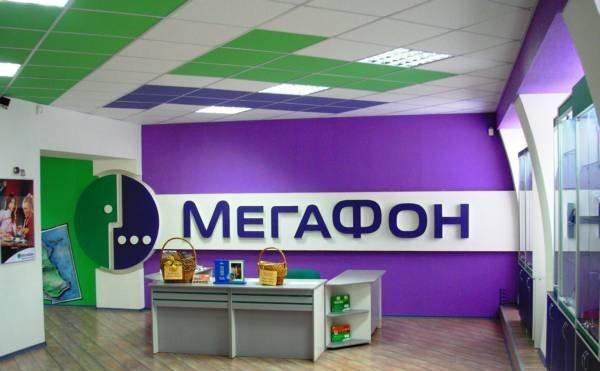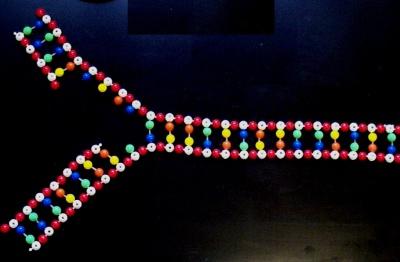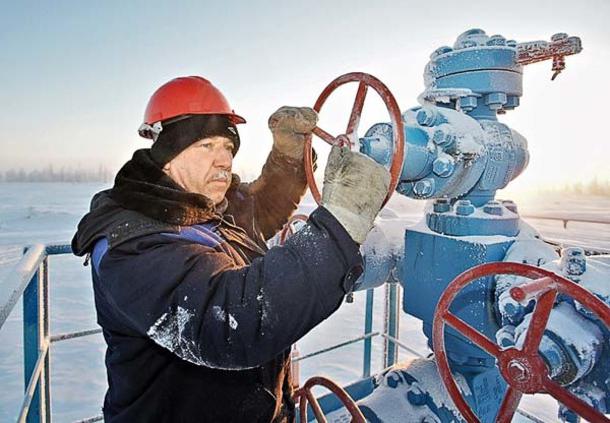The "take or pay" principle: the essence, the history of occurrence, the application today
In the relationship between major suppliers andbuyers are possible various types of risks. Among them, the situation is quite common where it is not possible to sell all planned goods in connection with the refusal of a transaction by one of the parties to the contract. This leads to significant financial losses of the supplier company. To prevent such cases, in a number of contracts for the supply of products (usually expensive and in large amounts) the principle called "take or pay" is applied. What does this mean, what is and how this mechanism appeared? How and does it always work? You will find out about this after reading the article.

The essence of the principle
The condition "take or pay" ("take or pay") isquite a widespread mechanism in the relations of large, including international corporations. It consists in the following: when concluding a contract for the supply of the agreed volume of products, the supplier and the buyer undertake certain obligations. The first is to provide the maximum amount of goods in accordance with the volume agreements fixed by both parties within the period stipulated in the contract. The second is to pay the specified quantity of products, regardless of how much was actually purchased in the relevant period.
The meaning of the condition "take or pay"
The application of this principle allowsminimize the risk of financial losses associated with the impossibility of selling the planned volume of products. Even if the buyer refuses to purchase the goods in the maximum amount (fixed in the contract), he will have to pay the entire cost. This can be regarded as a penalty for failure to fulfill the terms of the contract. In a business environment, this is called the "take or pay" principle. If this mechanism of risk reduction was not used, then the supplier would have to include it in the pricing formula.
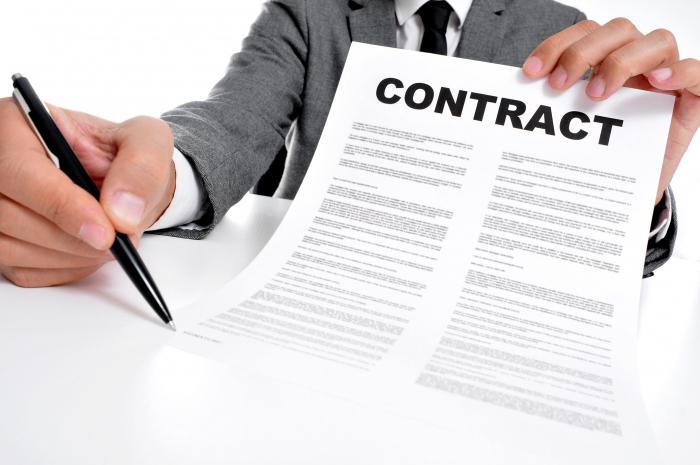
The history of the emergence of the principle of "take or pay"
For the first time this system of building relations betweenparticipants in the supply contract was introduced in the late 50-ies of the twentieth century in the Netherlands. This was due to the development of the Groningen gas field, which turned out to be a very expensive undertaking that required the investment of public funds in the transportation and production infrastructure of gas. The money was required to be returned, and this could be done only in one way - ensuring the uninterrupted supply of large volumes of gas and their payment in full. So, the principle of "take or pay" that was actively used today was invented.

The Netherlands has concluded perennialcontracts. They provided for the maximum quantities of goods that contractors were obligated to purchase within a certain period. If they refused to comply with the conditions, they paid a fine. At the moment one of the most famous followers of this principle is the Russian company Gazprom.
If the condition does not work: an illustrative example
Gazprom in its relations with Chinese andEuropean partners are actively applying the principle of "take or pay." Many of the company's intergovernmental agreements on gas supplies concluded by the company have a validity period of 25 years or more. Usually everything works successfully, but one day there was a mistake.
The terms of the agreement on the contract concluded onthis principle with the Czech company RWE Transgas, were violated. The buyer refused to purchase gas at the maximum amount that was provided for by the contract, and did not want to pay a fine. As a result of litigation (in connection with the violation of the "take or pay" principle), Gazprom was the loser. The Vienna Arbitration Court recognized the right of the Czech company to take less gas than stipulated by the terms of the contract, without the need to pay any fines.
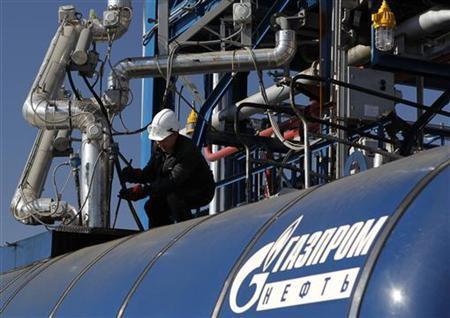
Dissatisfaction with the condition among international partners
Despite the fact that the principle of "take or pay" is activeis applied in the export policy of Russian companies, many contractors have repeatedly expressed their displeasure with them. Such tough conditions for international gas supply contracts did not appeal, in particular, to Italian and Ukrainian partners.
For example, Eni threatened Gazprom with a refusalextension of the contract, if the principle "take or pay" will not be excluded from its terms. Discontent of the Italian partners can be understood, because in connection with the shortage of gas it lost 1.5 billion euros (for 2009-2011).
Ukrainian counterparts also make complaints. Thus, under the contract between Gazprom and Naftogaz (already in effect until 2019), gas supplies to Ukraine amount to 52 billion cubic meters per year. For 2013, the application from partners was submitted only for 27 billion cubic meters. In this case, the company will have to pay at least 33 billion cubic meters. meters, as well as possible fines for a shortfall of $ 2 billion.
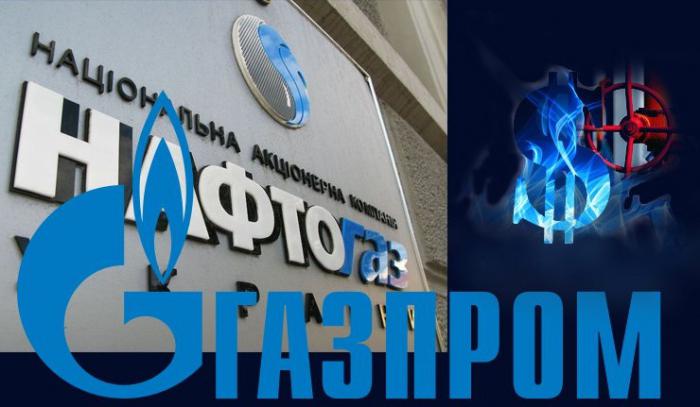
Some analysts say thatThe era of the domination of contracts with such stringent conditions is gradually ending. This applies not only to the Russian "Gazprom", but also to other world corporations. How events will develop will be shown only by time.
Conclusion
The principle of "take or pay" can be called veryAn effective tool to reduce the risk of financial losses. For suppliers, this is an opportunity to sell their products in full, and otherwise reduce losses from "under-purchasing." But, as it turned out, not all customers have this condition (and afford). Some experts consider the principle too rigid and predict a refusal of its application. In any case, for the time being it works (albeit with obstacles), and many companies are very pleased with this state of affairs.


